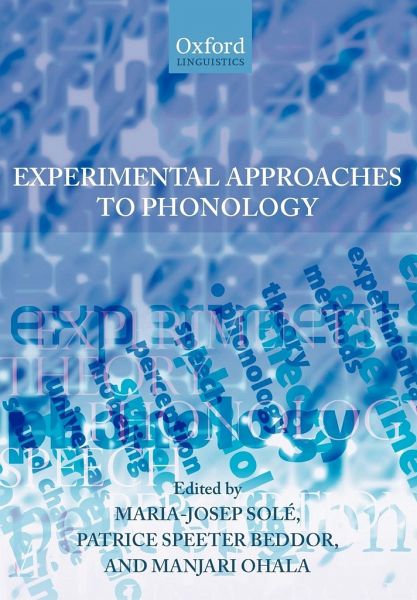
Experimental Approaches to Phonology

PAYBACK Punkte
42 °P sammeln!
This book provides fresh insights into the findings and theoretical advances that emerge from experimental investigation of phonological structure and phonological knowledge as well as a critical perspective on experimental techniques and methods in the perception, production, and modeling of speech.




